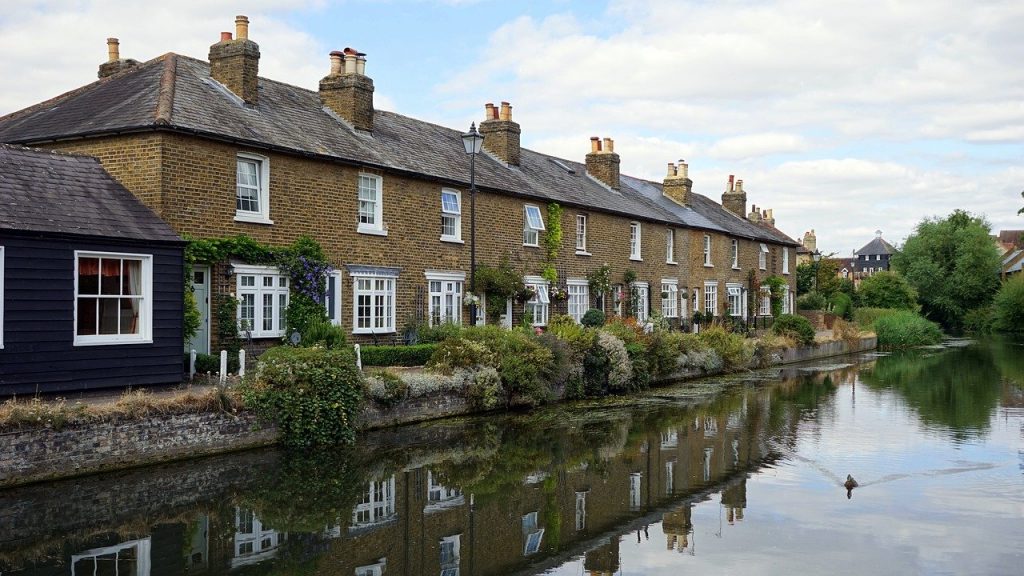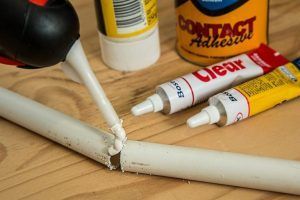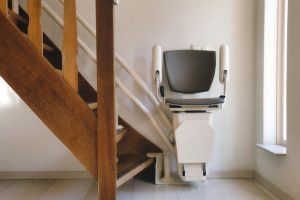A home incident such as your ceiling caving in can not only be a major inconvenience to your life – it can also be a costly repair job. In this article, we’ll take a look at whether your home insurance would cover your ceiling caving in, and what steps you should take if this happens to you.
Why Might Your Ceiling Cave In?
This is what can happen when the water tank in your attic begins to slowly leak, or the pipes in your loft burst – though the two scenarios are very different, the reality is that if the leaking tank goes unnoticed for long enough, the end result is the same: a destructive deluge unleashed from above, seeking the quickest route down. You could end up with a collapsed ceiling and water-damaged belongings. Whatever you have stored in your attic will inevitably come crashing down, and if that is not enough, your structural walls might be completely saturated. Under the right conditions, water can be as destructive as fire.
In the water tank example, it will take some time before any damage is done as water has to accumulate before it becomes heavy enough to cause the ceiling to give way under the weight. In the burst pipe example, the water can burst without warning and if a substantial part of your ceiling becomes too heavy to support itself, the ceiling will collapse. In both cases, the structural walls will absorb much of the water before the ceiling collapses, ensuring a great deal of water damage to the floors below.
Does Home Insurance Cover You If Your Ceiling Caves In?
If you have buildings insurance (not just contents insurance), your policy should cover you for the partial or total rebuild of your home due to flooding, which includes if the structure of your home (i.e. ceiling, walls, roof, etc) has been damaged.
If you want to ensure your home is covered against unexpected home disasters, you need to make sure you have a building insurance policy. Many people opt for just contents insurance, but you should be aware that this only covers your possessions inside your home – not the actual structure of the building.
What Steps Should You Take If Your Ceiling Caves In?
Make Sure The Building Is Safe
If your ceiling has partially or fully caved in, this could be extremely dangerous for anyone inside the building. It’s best to fully evacuate the building and get a professional to confirm whether or not your house is still safe to live in, or if you will need to find temporary accommodation while the ceiling is repaired (note, this is highly likely).
Talk To Your Insurance Provider
Call your home insurance provider – they may be able to put you in touch with a service that will arrange your repairs with you directly. It’s a good idea to contact your insurance provider first, or to check your policy, to make sure your actions are in accordance with the conditions of your insurance policy.
Call In The Experts
You’ll need a professional team to clear the debris and measure just how much water the walls have absorbed in order to establish how long the process of drying the walls and ceiling will take. They’ll also strip the plaster and bonding from the walls before starting on any repairs. Fans and humidifiers might be sufficient to dry the walls, but if they are highly porous, the drying process might require a lengthier and more complicated solution. It is important to dry the walls as quickly as possible to prevent the foul smell of stagnant water mixed with building materials from penetrating your entire house.
In addition to all the inconvenience, recovering from a collapsed ceiling is an expensive process. It’s made much easier if you have comprehensive home insurance coverage – make sure you’re covered today.







